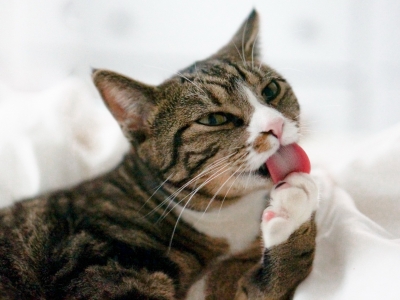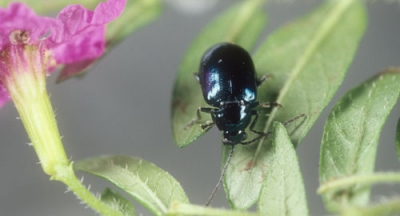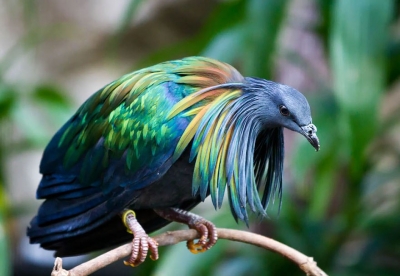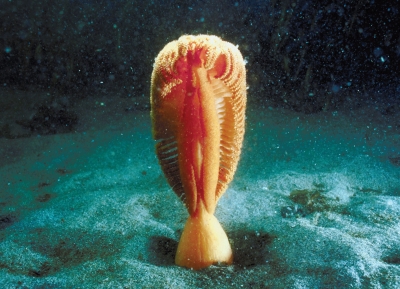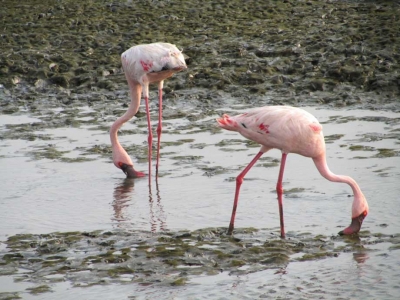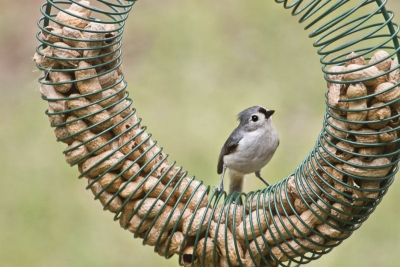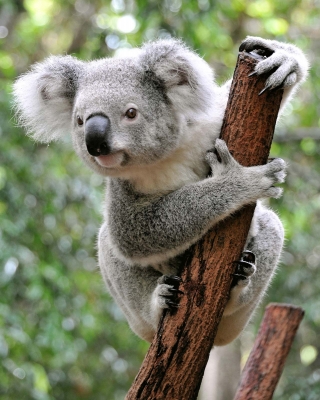
They may look like soft, cuddly teddy bears with their big ears and black button eyes, but koalas are not even remotely related to bears and they are certainly not soft! Their silver-grey fur is similar to the coarse wool of sheep.
Koalas are marsupials, animals that carry their young in a pouch. Marsupials are native to both Australia and the Americas, but the largest number of species is found in Australia, New Guinea and nearly islands.
Found in southeastern and eastern Australia, mainly in Victoria and Queensland, koalas live in eucalyptus forests. Their sole diet consists of leaves from a handful of eucalyptus species. They also live high in the branches of eucalyptus trees, safe from predators who would otherwise find them easy prey because they move so slowly and sleep so much.
Koalas need time to digest their meal. Eucalyptus leaves are poisonous to most animals but koalas have special bacteria in their gut that break down the toxic compounds. They have cheek teeth to help grind the tough leaves. Digestion takes along time since all the nutrients and water have to be extracted from leaves which hardly contain any! This is why koalas sleep almost 20 hours a day and move only if they have to.
Even their bodies are adapted to living in the crooks of branches. They have a barely-there tail, a cushiony, rounded rear end and and a curved spine. Their hands and feet are ideal for clinging to branches, with two opposing thumbs that make for a tight grip. The hands are tipped with sharp claws to dig into the bark. The feet have a long grooming toe and a clawless toe as well that behaves like a thumb!
When a koala baby (called a joey) is born, it is the size of a jelly bean and can’t see or hear. It crawls into the mother’s backward-facing puch and drinks milk from one of two teats. There it remains, warm and safe for six months. The mother also feeds it with her own faeces to give it more immunity.
The joey rides on its mother’s belly and when full-grown, on her back. It becomes independent when a year old.
The male koala’s scent glands are located in a bare patch on his chest. He rubs it on a tree trunk to leave his smell. The scent is made up of 35 different chemicals. The male is smelliest in spring, the mating season!
Today, the koals is listed as vulnerable. It is threatened not only by dogs and being run over by cars, but by habitat loss and disease. There are an estimated 40,000 to 100,000 of these cute animals left in the wild.
Picture Credit : Google


